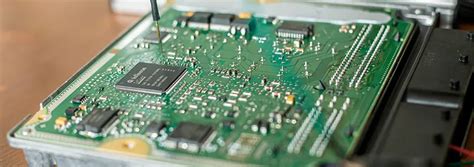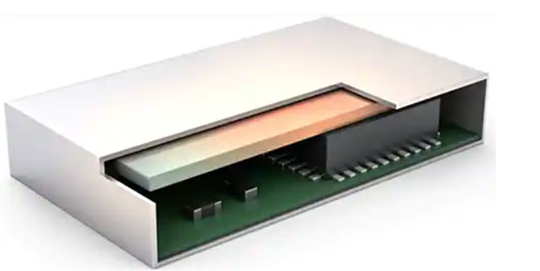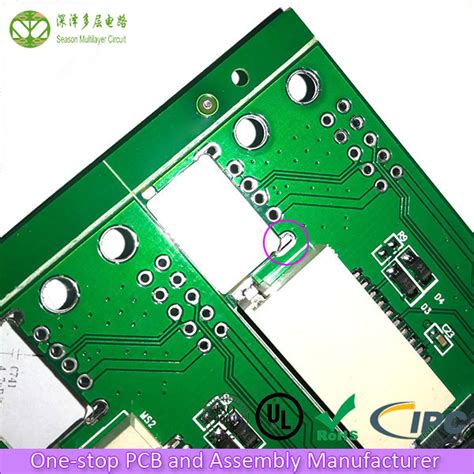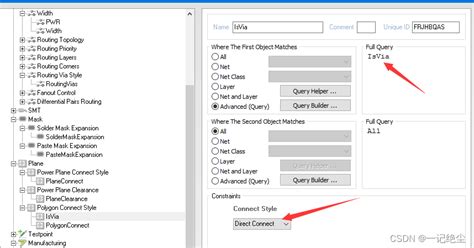Flex pcb length
Understanding Flex PCB Length: Key Considerations for Design
In the realm of modern electronics, the design and implementation of flexible printed circuit boards (PCBs) have become increasingly significant. As devices continue to shrink in size while expanding in functionality, the demand for flexible PCBs has surged. One of the critical aspects of designing these circuits is understanding the implications of flex PCB length. This consideration is paramount, as it influences not only the functionality but also the reliability and cost-effectiveness of the final product.
To begin with, the length of a flex PCB is a crucial factor that directly impacts its mechanical properties.
Longer flex circuits are more prone to mechanical stress, which can lead to potential failures over time. This is particularly important in applications where the circuit is subject to repeated bending or flexing. Therefore, designers must carefully evaluate the intended use of the PCB to determine an optimal length that balances flexibility with durability. Moreover, the length of the flex PCB can affect its electrical performance. Longer circuits may introduce issues such as increased resistance and potential signal integrity problems. These issues can be mitigated through careful design practices, such as selecting appropriate materials and incorporating impedance control techniques. By doing so, designers can ensure that the electrical performance remains consistent, even as the length of the circuit increases.
In addition to mechanical and electrical considerations, the length of a flex PCB also has implications for manufacturing and assembly processes.
Longer circuits may require more complex fabrication techniques, which can increase production costs and lead times. For instance, longer flex PCBs may necessitate specialized equipment or processes to ensure precise alignment and bonding. Consequently, designers must weigh the benefits of increased length against the potential challenges and costs associated with manufacturing. Furthermore, the length of a flex PCB can influence the overall design layout and component placement. Designers must consider how the length will affect the routing of traces and the placement of components to ensure optimal performance and reliability. This often involves a delicate balance between maximizing the use of available space and maintaining the necessary flexibility and mechanical integrity.
Another important aspect to consider is the impact of flex PCB length on thermal management.
Longer circuits may experience greater heat dissipation challenges, particularly in high-power applications. Effective thermal management strategies, such as the use of thermal vias or heat spreaders, can help mitigate these issues and ensure that the circuit operates within safe temperature limits. As such, designers must incorporate thermal considerations into their design process to prevent overheating and potential damage to the circuit.
In conclusion, understanding the implications of flex PCB length is essential for successful design and implementation. By carefully considering factors such as mechanical stress, electrical performance, manufacturing processes, design layout, and thermal management, designers can optimize the length of the flex PCB to meet the specific requirements of their application. This holistic approach not only enhances the functionality and reliability of the circuit but also ensures cost-effectiveness and manufacturability. As the demand for flexible electronics continues to grow, the ability to effectively manage flex PCB length will remain a critical skill for designers in the field.
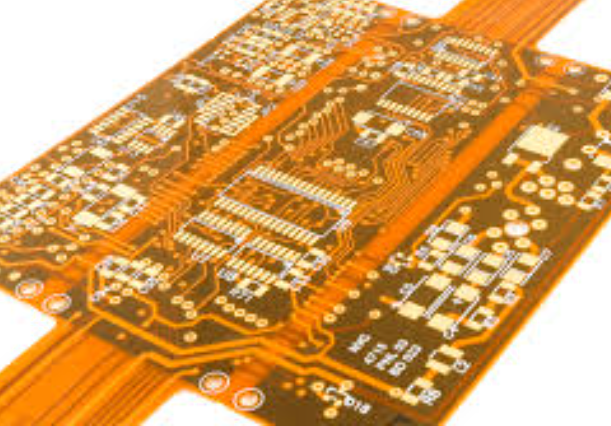
Optimizing Flex PCB Length for Enhanced Performance
In the realm of modern electronics, the design and implementation of flexible printed circuit boards (flex PCBs) have become increasingly significant. These versatile components are integral to a wide array of applications, from consumer electronics to advanced medical devices. One critical aspect of flex PCB design that demands careful consideration is the optimization of their length. The length of a flex PCB can significantly influence its performance, reliability, and overall functionality. Therefore, understanding the factors that contribute to determining the optimal length is essential for engineers and designers aiming to enhance the performance of their electronic devices.
To begin with, the length of a flex PCB is intrinsically linked to its mechanical properties.
Flex PCBs are designed to bend and flex, accommodating the dynamic movements and compact spaces often required in modern electronic devices. However, if the length is not properly optimized, it can lead to mechanical stress and potential failure points. A longer flex PCB may be more prone to bending fatigue, which can result in cracks or breaks over time. Conversely, a shorter flex PCB might not provide the necessary reach or flexibility, limiting its application. Therefore, achieving the right balance in length is crucial to ensure mechanical reliability.
Moreover, the electrical performance of a flex PCB is also affected by its length.
Longer traces on a flex PCB can introduce increased resistance and inductance, which may degrade signal integrity. This is particularly important in high-frequency applications where signal loss and interference can be detrimental. By optimizing the length, designers can minimize these electrical issues, ensuring that signals are transmitted efficiently and accurately. Additionally, shorter lengths can reduce the potential for electromagnetic interference (EMI), further enhancing the performance of the device.
In addition to mechanical and electrical considerations, thermal management is another factor influenced by the length of a flex PCB.
Longer PCBs may experience uneven heat distribution, leading to hotspots that can affect the performance and longevity of the components. Properly optimized lengths can facilitate better heat dissipation, maintaining a stable operating temperature and preventing thermal-related failures. This is especially critical in applications where devices are subjected to varying environmental conditions or continuous operation.
Furthermore, the manufacturing process and cost implications are also tied to the length of a flex PCB.
Longer PCBs may require more material and complex fabrication processes, potentially increasing production costs. By optimizing the length, manufacturers can achieve cost-effective production without compromising on quality or performance. This balance is essential for maintaining competitiveness in the market while delivering reliable and efficient products.
In conclusion, optimizing the length of a flex PCB is a multifaceted challenge that requires careful consideration of mechanical, electrical, thermal, and economic factors. By achieving the right balance, designers can enhance the performance, reliability, and cost-effectiveness of their electronic devices. As technology continues to advance, the demand for flexible and efficient electronic solutions will only grow, making the optimization of flex PCB length an increasingly important aspect of modern electronics design. Through meticulous planning and innovative design strategies, engineers can ensure that their flex PCBs meet the rigorous demands of contemporary applications, paving the way for the next generation of electronic devices.

Challenges and Solutions in Flex PCB Length Customization
Flex PCBs, or flexible printed circuit boards, have become increasingly popular in various industries due to their adaptability and ability to conform to complex shapes. However, one of the significant challenges faced in the design and manufacturing of flex PCBs is the customization of their length. This aspect is crucial as it directly impacts the functionality and integration of the PCB within the intended application. Understanding the challenges and exploring potential solutions is essential for engineers and manufacturers aiming to optimize the performance of flex PCBs.
One of the primary challenges in customizing the length of flex PCBs is maintaining signal integrity.
As the length of the circuit increases, so does the potential for signal degradation. This is particularly problematic in high-frequency applications where even minor losses can lead to significant performance issues. To address this, designers must carefully consider the materials used in the PCB, as well as the layout and routing of the traces. High-quality dielectric materials with low loss tangents can help minimize signal loss, while strategic trace routing can reduce the impact of parasitic capacitance and inductance.
Another challenge is the mechanical stress that longer flex PCBs may experience.
Flex PCBs are often used in dynamic applications where they are subject to bending, twisting, and other forms of mechanical movement. Over time, these stresses can lead to material fatigue and eventual failure. To mitigate this risk, manufacturers can employ advanced materials that offer greater flexibility and durability. Additionally, incorporating strain relief features into the design can help distribute mechanical stress more evenly across the PCB, reducing the likelihood of damage.
Thermal management is also a critical consideration when customizing the length of flex PCBs.
Longer circuits can generate more heat, which, if not properly managed, can lead to overheating and failure of the components. Effective thermal management strategies include the use of thermal vias, heat sinks, and conductive materials that facilitate heat dissipation. Moreover, designers can optimize the placement of heat-generating components to minimize thermal hotspots and ensure even heat distribution across the PCB.
Cost is another factor that cannot be overlooked in the customization of flex PCB length.
Longer PCBs require more material and can be more complex to manufacture, leading to increased production costs. To address this, manufacturers can explore cost-effective materials and production techniques that do not compromise on quality. For instance, using roll-to-roll processing can enhance production efficiency and reduce material waste, ultimately lowering costs.
In addition to these technical challenges, there are also logistical considerations.
Longer flex PCBs may require specialized handling and packaging to prevent damage during transportation and installation. Collaborating with experienced suppliers who understand the nuances of flex PCB logistics can help ensure that the products reach their destination in optimal condition.
In conclusion, while customizing the length of flex PCBs presents several challenges, there are numerous strategies and solutions available to address these issues. By focusing on signal integrity, mechanical stress, thermal management, cost efficiency, and logistical considerations, engineers and manufacturers can successfully design and produce flex PCBs that meet the specific needs of their applications. As technology continues to advance, ongoing research and innovation will likely yield even more effective solutions, further enhancing the versatility and performance of flex PCBs in various industries.
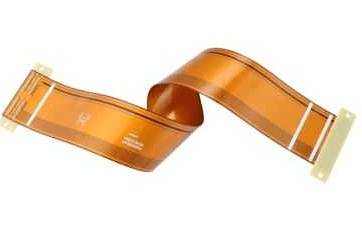
The Impact of Flex PCB Length on Electronic Device Miniaturization
The impact of flex PCB length on electronic device miniaturization is a critical consideration in the design and development of modern electronic devices. As the demand for smaller, more efficient, and highly functional devices continues to grow, engineers and designers are increasingly turning to flexible printed circuit boards (PCBs) to meet these requirements. Flex PCBs offer a unique set of advantages, including their ability to bend and conform to various shapes, which is particularly beneficial in the context of miniaturization. However, the length of these flexible circuits plays a significant role in determining their effectiveness and the overall performance of the device.
To begin with, the length of a flex PCB can directly influence the space utilization within an electronic device.
Shorter flex PCBs can be advantageous in tightly packed assemblies, where every millimeter of space is crucial. By minimizing the length, designers can reduce the amount of unused or excess material, thereby optimizing the internal layout of the device. This is particularly important in applications such as wearable technology, medical implants, and compact consumer electronics, where space is at a premium. Moreover, shorter flex PCBs can contribute to a reduction in the overall weight of the device, which is another critical factor in miniaturization.
In addition to space and weight considerations, the length of a flex PCB can also impact the electrical performance of the device.
Longer flex circuits may introduce additional resistance and inductance, which can affect signal integrity and lead to potential performance issues. This is especially relevant in high-frequency applications, where maintaining signal quality is paramount. By carefully managing the length of the flex PCB, designers can mitigate these effects and ensure that the device operates efficiently and reliably. Furthermore, shorter flex PCBs can reduce the risk of electromagnetic interference (EMI), which is a common concern in densely packed electronic assemblies.
Another aspect to consider is the mechanical reliability of flex PCBs, which can be influenced by their length.
Longer flex circuits are more susceptible to mechanical stress and fatigue, particularly in applications where the device is subject to frequent bending or movement. This can lead to potential failures over time, compromising the durability and longevity of the device. By optimizing the length of the flex PCB, designers can enhance the mechanical robustness of the device, ensuring that it can withstand the rigors of everyday use.
Moreover, the manufacturing process of flex PCBs can be affected by their length.
Longer circuits may require more complex fabrication techniques and can result in higher production costs. By minimizing the length, manufacturers can streamline the production process, reduce material waste, and ultimately lower the cost of the final product. This is an important consideration for companies looking to produce cost-effective and competitive electronic devices.
In conclusion, the length of a flex PCB is a crucial factor in the miniaturization of electronic devices. By carefully considering and optimizing the length, designers can enhance space utilization, improve electrical performance, increase mechanical reliability, and reduce manufacturing costs. As the demand for smaller and more efficient devices continues to rise, the role of flex PCB length in achieving these goals will remain a key focus for engineers and designers in the electronics industry.

